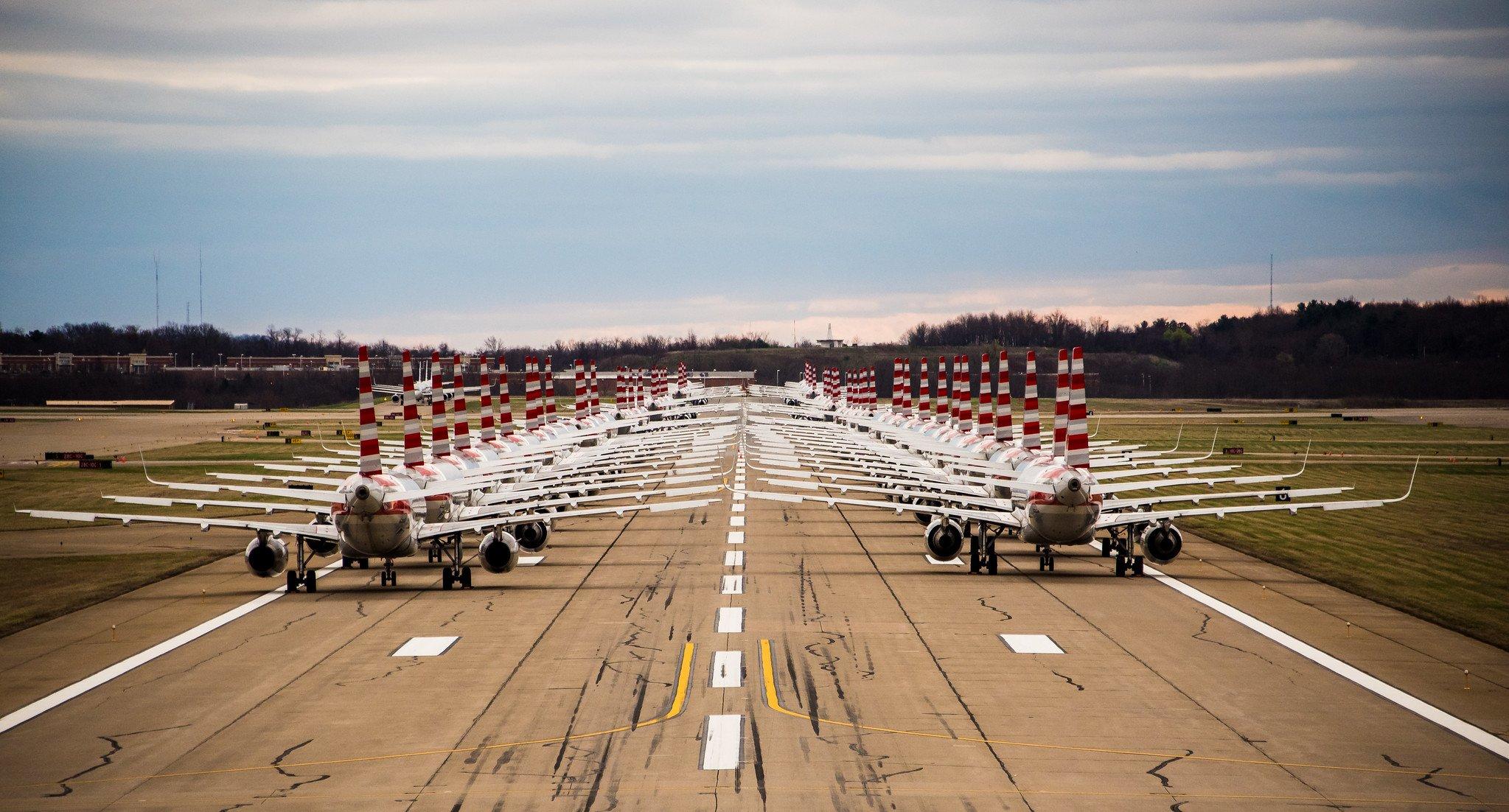コロナ危機がもたらした、世界の航空機稼働率の変化

コロナ危機の影響により、航空機メーカー各社が機体およびエンジンの短期保管に関する取り決めを構築する中で、航空会社は運航スケジュールと機材繰りの調整に追われています。このような状況においては、需要の低下に合わせて素早く減便の決断をしつつ、一方で需要の回復時にはすぐに運航を再開できる柔軟性を持つことが必要です。しかし問題は、需要変動がいつ起きるのか、それがどのような形になるのかは、誰にも分からないということです。
需要の回復傾向が見え始めれば、航空会社はフリートの再構築を進め、より長期的な意思決定をしていくでしょう。その時には、駐機/待機状態にある機材は減少し、保管/引退状態になる機材が増えていきます。
Aviation Week Networkの予測、フリートデータおよび情報サービスは、情報に基づいた意思決定、効果的な戦略立案、新規事業の特定と獲得による収益拡大を通じて、戦略的な優位性を獲得するためのツールとソリューションの集合体です。マーケットにおける新たな可能性の発見や、収益の最大化、リスクの最小化、競合に対する洞察を深めることに活用いただけます。詳しくはこちら。
As manufacturers work to distribute short-term parking protocols for aircraft and engines in response to the COVID-19 outbreak, airlines are shuffling their schedules and their fleets. The challenge: react quickly to demand by adjusting capacity downward, while maintaining flexibly to add capacity once demand begins to edge back up. The catch: nobody knows when any of this will happen, let alone what it will look like when it does.
As reliable demand trends begin to emerge, airlines will begin to rebuild their fleets and make longer-term decisions. The number of parked and parked/reserve aircraft will shrink, while the stored figure will rise (as will retirements).